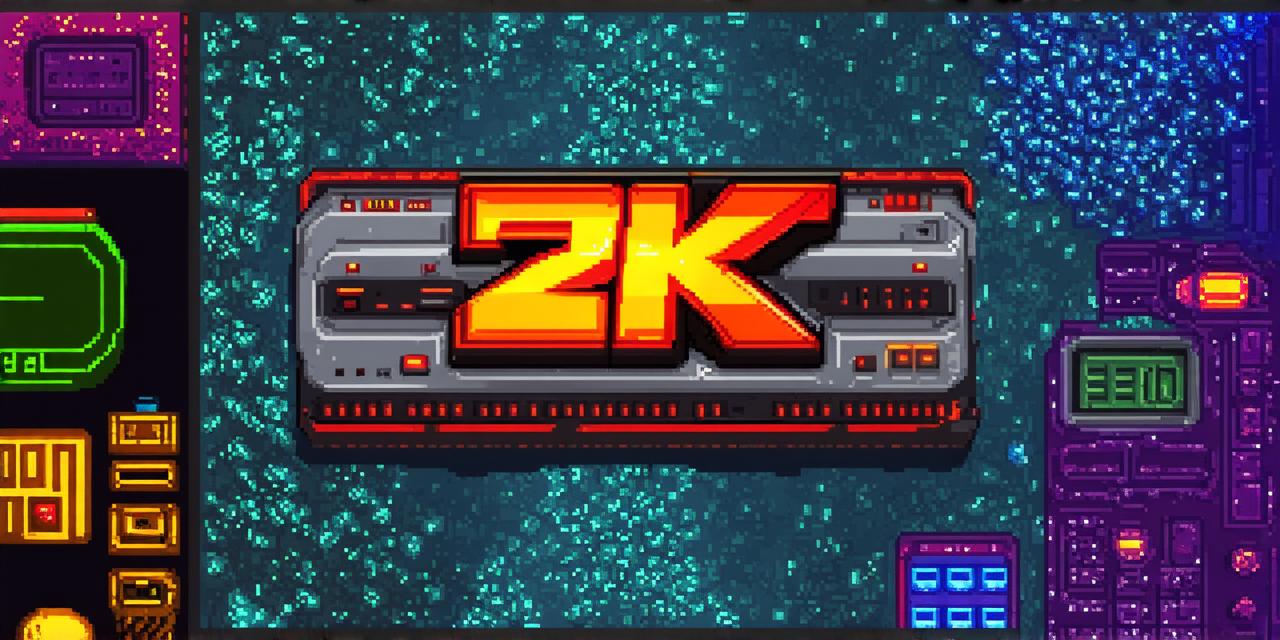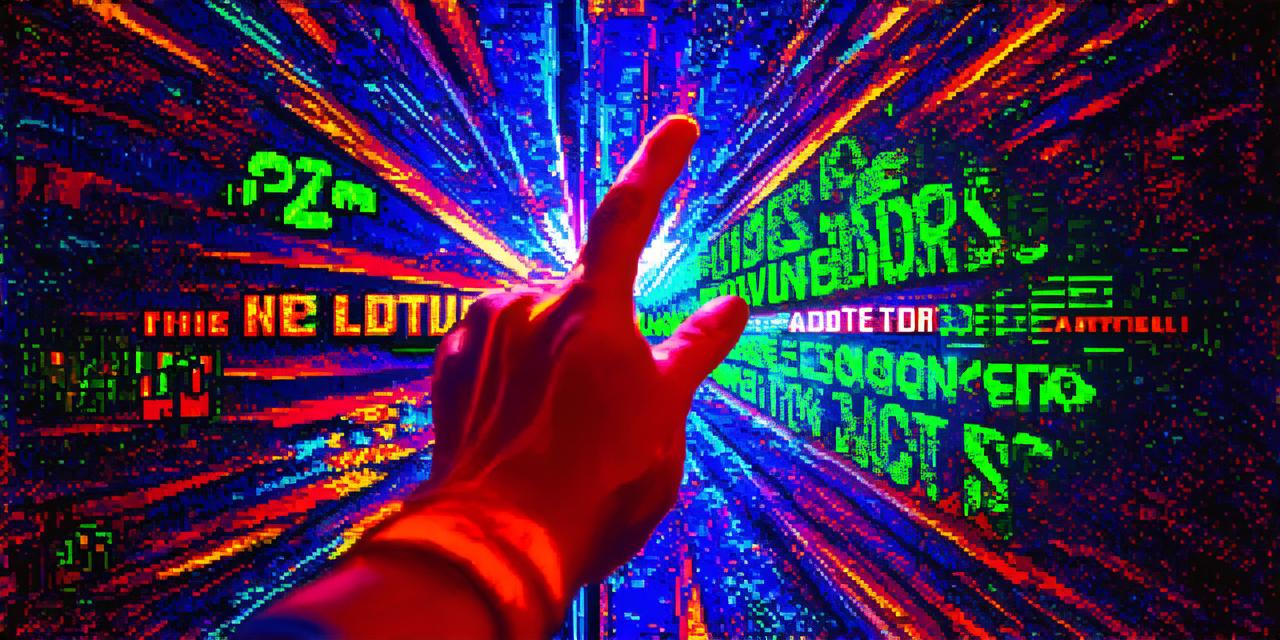If you are a developer looking to create an app version of your game, you have come to the right place.
In this article, we will guide you through the process of making a video game app, from ideation to launch and beyond. We will also discuss how to optimize your app for search engines, ensuring that it ranks higher in search results and attracts more traffic.
Before we dive into the details, let’s first understand what a video game app is.
A video game app is a mobile or desktop application that allows users to play games on their devices. Video game apps can be categorized into different genres such as action, adventure, puzzle, simulation, sports, and more. The popularity of video game apps has skyrocketed in recent years, with millions of users downloading and playing them every day.
The Benefits of Creating a Video Game App
There are several benefits to creating a video game app:
- Increased visibility: A video game app can help increase the visibility of your game, reaching a wider audience than traditional gaming platforms.
- Higher engagement: Mobile devices offer unique opportunities for engagement, such as push notifications and social sharing, which can lead to higher retention rates.
- More revenue: Video game apps can generate revenue through in-app purchases, advertising, and subscriptions.
- Flexibility: Video game apps can be designed for multiple platforms, including iOS, Android, and Windows, allowing you to reach a wider audience.

The Ideation Process: From Concept to Prototype
Before you start coding, it’s important to have a clear idea of what your game will entail. The ideation process is crucial for ensuring that your game is successful and meets the needs of your target audience.
- Define your target audience: Who is your game for? What age range, interests, and preferences do they have? Understanding your target audience will help you create a game that resonates with them.
- Brainstorm ideas: Write down as many ideas as you can think of. Don’t worry about filtering them out just yet. This is the time to be creative.
- Narrow down your options: Once you have a list of ideas, start narrowing down your options. Consider factors such as complexity, cost, and market demand.
- Create a prototype: Once you have settled on an idea, create a prototype. A prototype is a basic version of your game that allows you to test and refine the concept before investing too much time and money into it.
- Test and iterate: Test your prototype with users and gather feedback. Use this feedback to make improvements and iterations to your game until it’s ready for launch.
Case Study: Angry Birds
Angry Birds is a hugely popular puzzle game that was developed by Finland-based Rovio Mobile. The game was released in 2009 and quickly gained popularity on mobile devices.
Keyword optimization:
Angry Birds’ title and description include relevant keywords such as “puzzle,” “birds,” and “fun.”
App store listing:
Angry Birds’ app store listing is visually appealing and includes a compelling description, screenshots, and user reviews.
Influencer marketing:
Angry Birds was promoted heavily on social media platforms such as Twitter and Facebook through influencer marketing campaigns.
Backlinks:
Angry Birds has received numerous backlinks from gaming blogs and websites, which have helped improve its search engine ranking.
Engagement:
Angry Birds encourages users to rate and review the game, which has helped boost its search engine ranking.
The Development Process: Design, Coding, and Testing
Once you have a prototype of your game, it’s time to start developing the full version. The development process involves several stages, including design, coding, and testing.
Design:
The design phase involves creating a visual and interactive layout for your game. This includes designing the user interface, creating graphics and animations, and determining the game mechanics and rules. It’s important to create a design that is intuitive and easy to use, as this will help keep users engaged and coming back for more.
Coding:
The coding phase involves translating your design into code. This includes writing the game logic, creating the user interface, and integrating any external libraries or tools. It’s important to write clean and efficient code that is easy to maintain and update in the future.
Testing:
The testing phase involves finding and fixing bugs and errors in your code. This includes unit testing, integration testing, and system testing. It’s important to test your game thoroughly to ensure that it works as intended and provides a smooth user experience.
The Launch Process: Marketing, Promotion, and Distribution
Once your game is ready for launch, the next step is to market, promote, and distribute it.
Marketing:
The marketing phase involves promoting your game on social media platforms, gaming blogs and websites, and other relevant channels. This includes creating a compelling trailer, writing a press release, and reaching out to influencers and journalists for coverage.
Promotion:
The promotion phase involves creating buzz around your game and encouraging users to download it. This includes running advertising campaigns, offering promotional codes or discounts, and hosting events and contests.
Distribution:
The distribution phase involves making your game available on app stores and other relevant platforms. This includes submitting your game for review by the app store, setting a price, and choosing the right distribution channels.
Summary
Creating a video game app can be a challenging but rewarding process. By following the steps outlined in this article, you can create a successful game that resonates with your target audience. Remember to optimize your app for search engines and engage with your users to increase visibility and attract more downloads. With the right strategy and effort, you can create a hit video game app that will captivate audiences for years to come.



